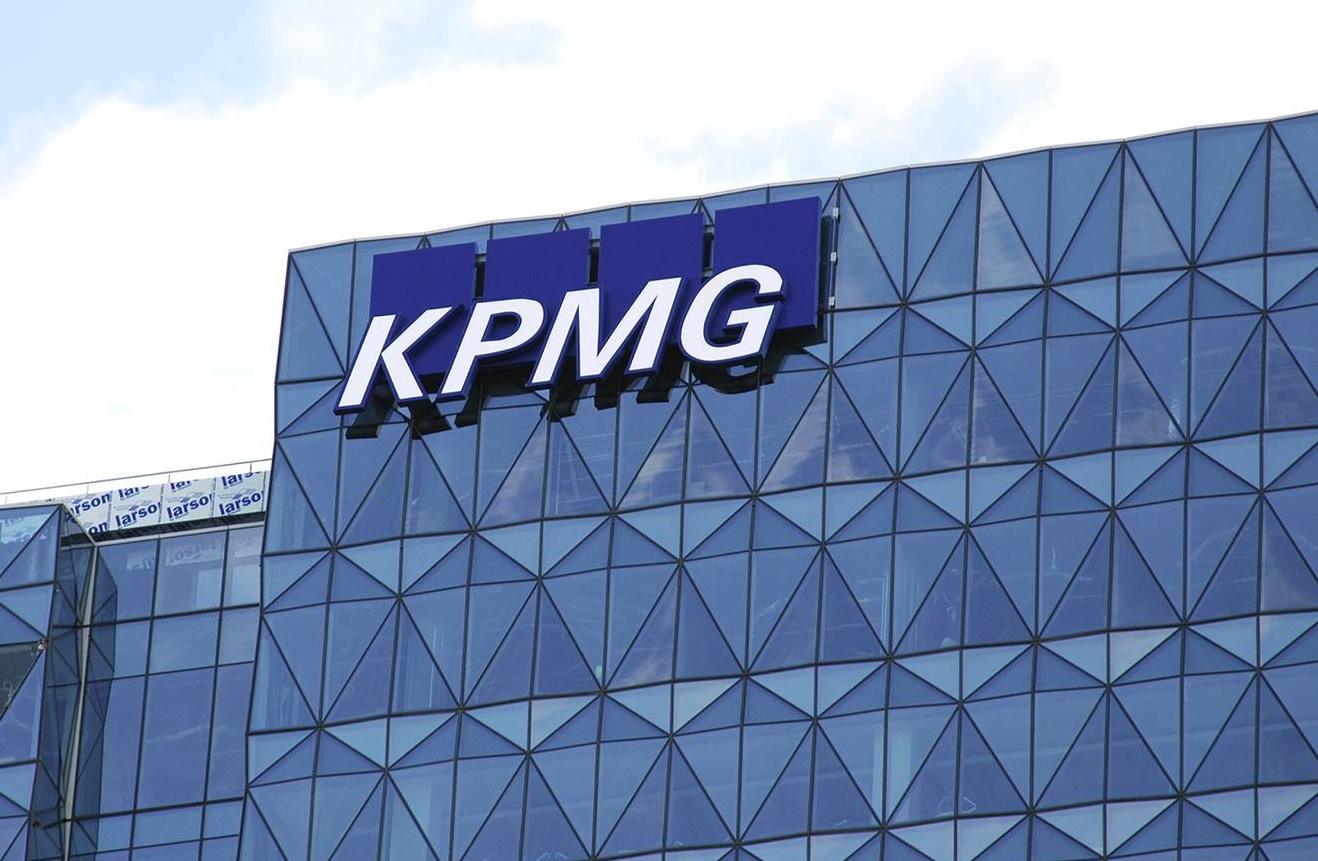80 Million Kilometers of Grid Investment Needed by 2040 to Meet Global Climate Goals: IEA
Investment in electricity grids will need to scale rapidly over the next few years in order to enable the achievement of global climate goals, according to a new report released today by the International Energy Agency (IEA).
According to the report, 80 million kilometers of power lines will need to be added or replaced by 2040, roughly equal to the entire global grid today, with investment doubling to over $600 billion per year by 2030, in order to meet all national climate and energy goals.
IEA Executive Director Fatih Birol said:
“The recent clean energy progress we have seen in many countries is unprecedented and cause for optimism, but it could be put in jeopardy if governments and businesses do not come together to ensure the world’s electricity grids are ready for the new global energy economy that is rapidly emerging. This report shows what’s at stake and needs to be done. We must invest in grids today or face gridlock tomorrow.”
The report indicated that investment in grids has not kept pace with the rapid growth in clean energy generation and technologies such as wind and solar power, electric vehicles and heat pumps. While investment in renewable has nearly doubled over the past decade, for example, the report found that global investment in grids has remained roughly flat at around $300 billion per year.
With the growth in electricity infrastructure lagging other clean energy technologies, grids are emerging as a major bottleneck to the energy transition, according to the IEA report, which found that at least 3,000 GW of renewable power projects, including 1,500 GW at advanced stages, are already waiting in grid connection queues.
The IEA also conducted a scenario analysis for the report, which found that in the case in which grid investment and regulatory reforms are delayed, cumulative carbon emissions would be nearly 60 billion tonnes greater between 2030 – 2050, putting the Paris Agreement target to limit temperature rise to 1.5 °C out of reach, and creating a 40% chance of exceeding 2 °C.
The report also indicates the need for rapid action on increasing investment in grids, given the long lead times for new grid infrastructure projects, and includes recommendations to help ensure that electricity infrastructure does not become a net zero barrier, including expanding and strengthening grid interconnections within and between countries and regions, providing government backing of large-scale transmission projects, and utilizing digitalization to enable more resilient and flexible grids in the future.
Birol said:
“Ensuring the developing world has the resources it needs to build and modernise electricity grids is an essential task for the international community. By mobilising financing, providing access to technology and sharing best practices on policies, leading economies can help improve people’s lives, strengthen sustainable development and reduce the risks of climate change.”
Click here to access the IEA report.





